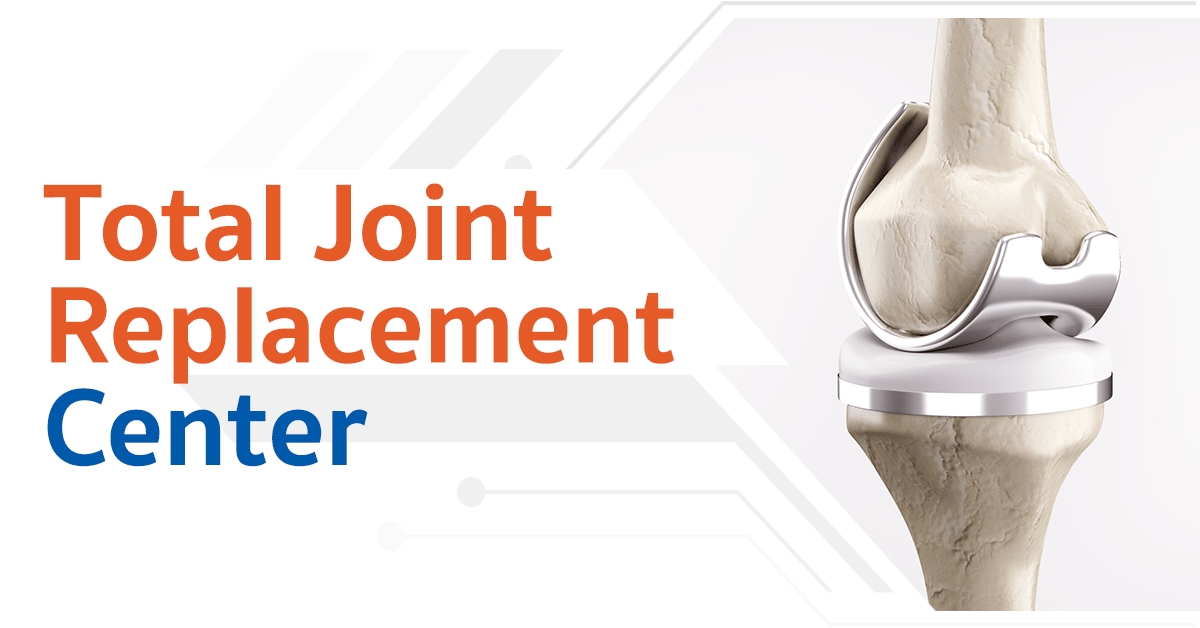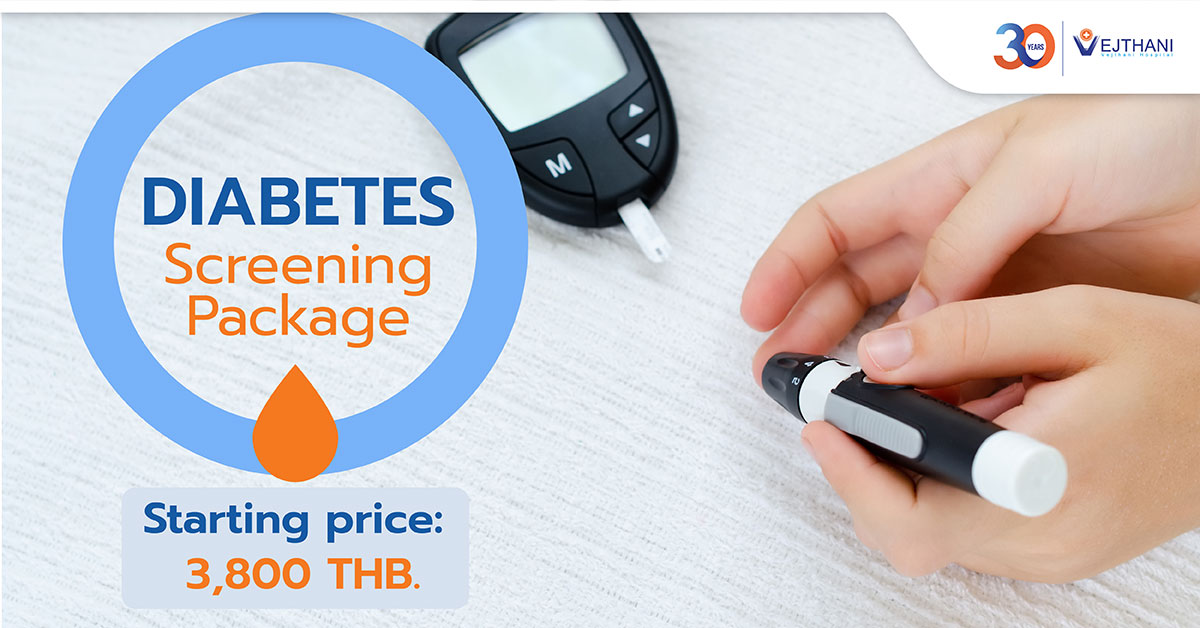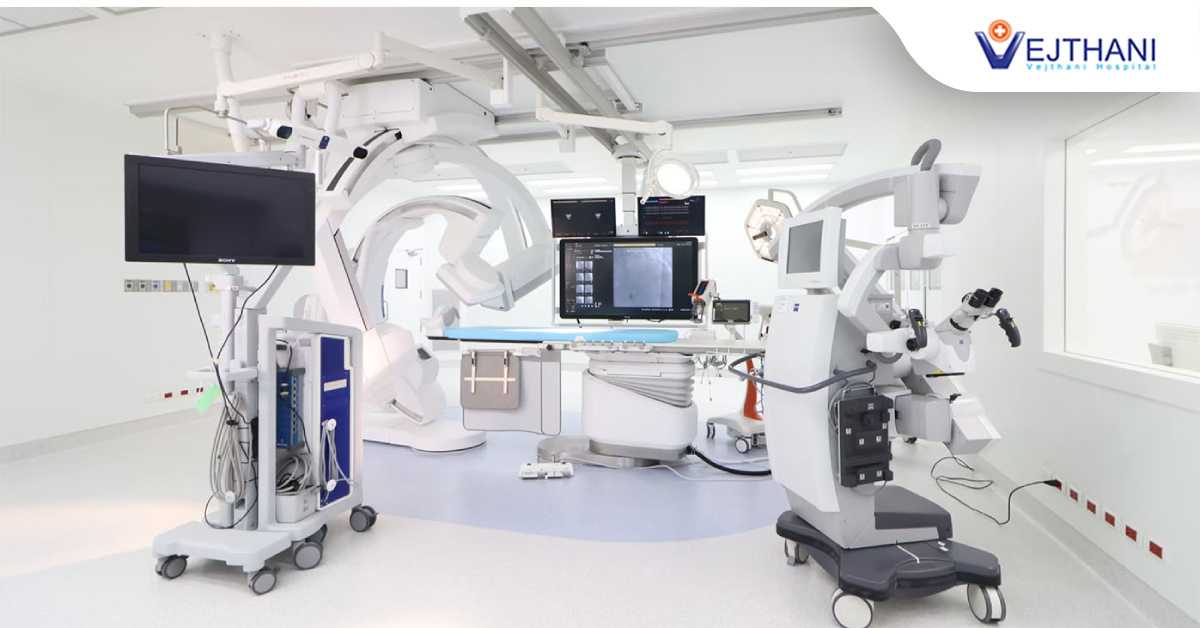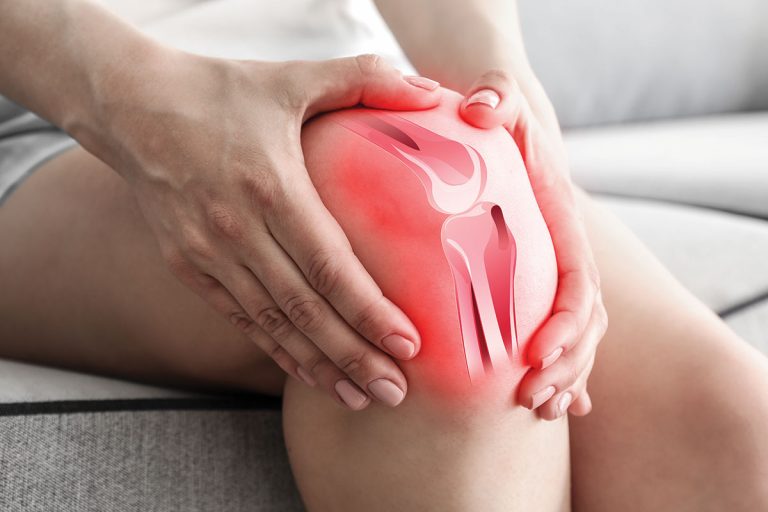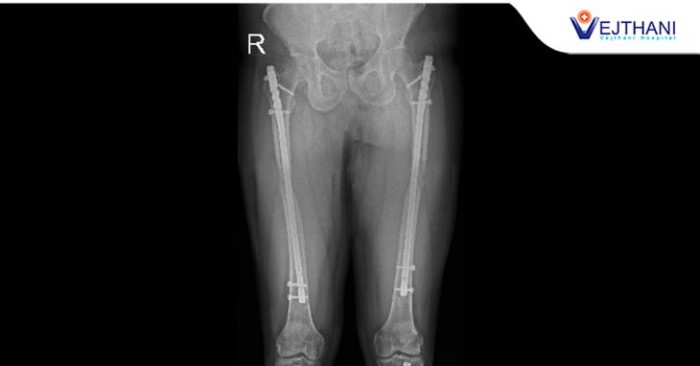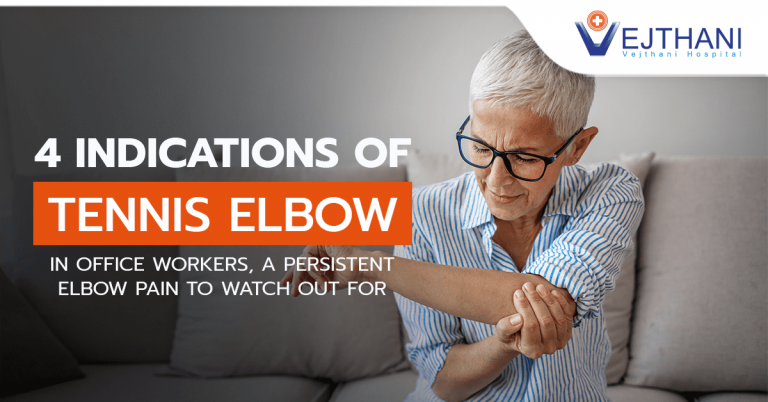A Common Knee Pain or A Future Meniscus Tear?
Some events; exercise, sport, accident, or forced twist may be a cause of knee or foldable joint pain. Even though, the pain doesn’t effect to your daily activity much, but prolong the injury and ignore treatment will negatively cause your knees in a long run.
Get to know ‘Meniscus’ the attack absorber
Meniscus is a flexible crescent-shaped like cartilage between your thighbone and shinbone that provides a cushion absorb and disperse attack or pressure resulted by walking, running or jumping. If the meniscus has torn or tear, it will affect more violence between the two bones and cause early knee osteoarthritis.
What cause ‘Meniscus’ injured?
- Sudden twist, mostly during sport activity
- Accident results direct attack to the knee
- Squat or postures require twist or rotation of the knee
- An injury while undergoing cartilage trauma
Spotted Meniscus Injury
- Pain around side or back of the knee
- A popping sound during the injury occurrence
- Feeling strange movement inside the knee when bending and straightening the leg
- Suspect swelling and stiffness after prolong used such as walking or sporting
If these symptoms won’t go away within 1 month, you should get a medical care for proper diagnose and treatment, leaving the symptoms untreated causes more injury and affect long term mobility.
“Smaller incision, less pain, Quick recovery”
Doctor will investigate patient’s condition by doing MRI scan, to see knee structures include; tendon, muscle, meniscus and articular cartilage in detailed. If the injury is minimum or mild, doctor may suggest a cold pack, high leg raise, anti-inflammatory drugs and limited the mobility by knee support and walk with axillary crutches to assist torn meniscus recovery.
In case surgery is considered necessary, doctor may introduce meniscus repair standard, uses of arthroscopic procedure cause less damage to the muscles and nearby organ. Through very small incisions (1 centimeter) as portals, surgeon inserts camera attached to the arthroscope displays injured area then uses special surgical instruments to fix the tear meniscus.
Patients are managed to use a axillary crutches for 1 month to least pressure sent to the meniscus and allow its natural healing process. After that, they are encouraged to go through rehabilitation to improve a mobilization, straighten the muscle and ligaments to finally go back to normal activities.
- Readers Rating
- Rated 5 stars
5 / 5 ( Reviewers) - Spectacular
- Your Rating












